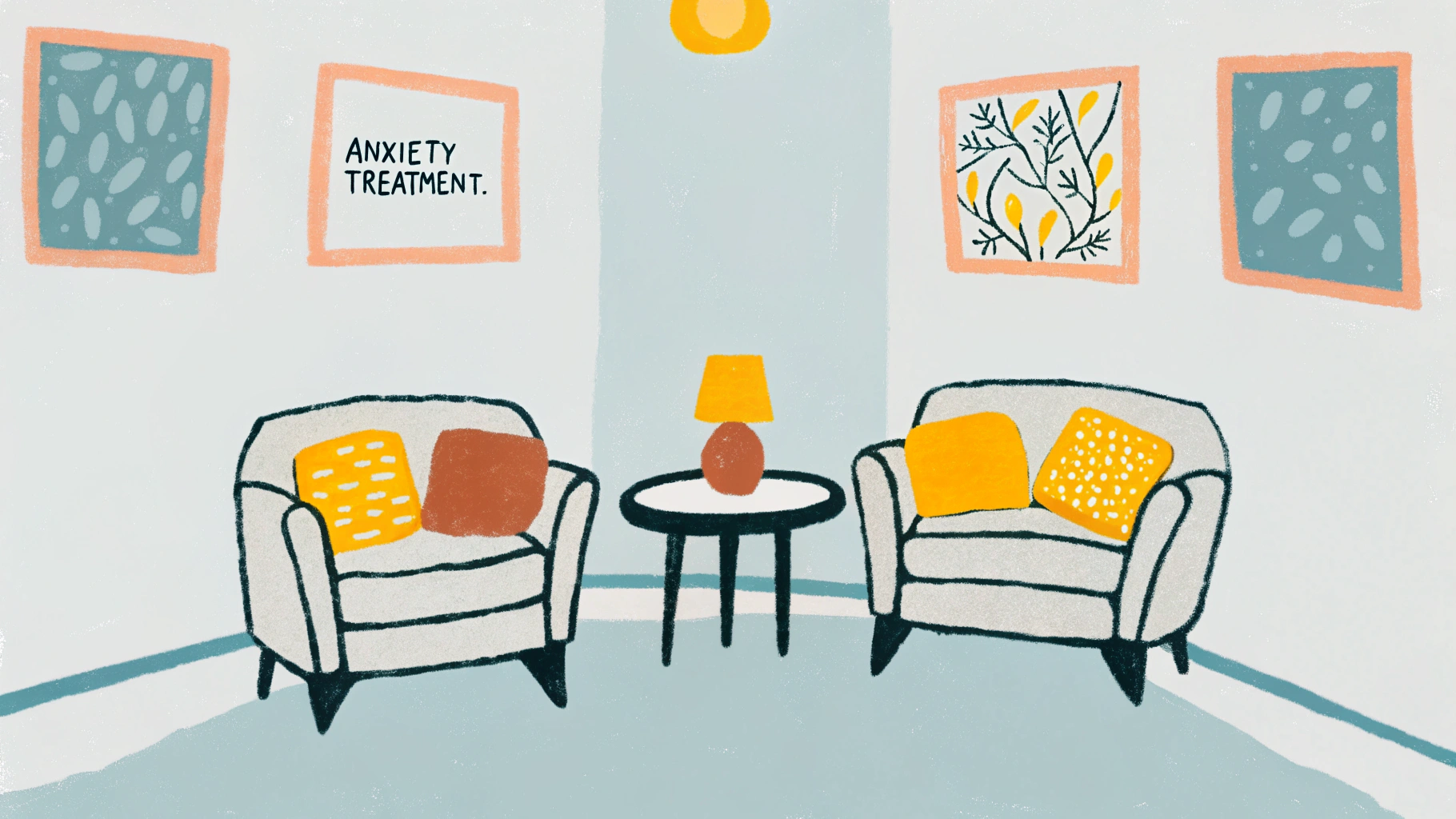Anxiety and Panic Disorders
If you often feel like you’re “on edge,” overthinking, or unable to relax—even when things are going well—you’re not alone. Anxiety can look like racing thoughts, sleepless nights, or a constant woory that you’re not doing or being enough, even though you know it might not be rational.
Do you find yourself excessively worrying?
Are you overwhelmed by irrational fears that you can’t seem to shake?
Do you think bad things will happen if things aren’t done in a particular way?
Do you experience panic attacks, but don’t know what’s causing them?
Do you go out of your way to avoid situations because they make you anxious?
Living with anxiety can be overwhelming and frustrating. No matter how hard you try, you can’t help but constantly worry, even about small things that you know you have no reason to worry about. You find yourself sweating profusely or your heart pounding in stressful situations or an overwhelming situation. Sometimes, the cause of anxiety is easy to identify, but there are times when you don’t know what’s causing it, which can make it even harder to manage.
Anxiety can cause you to stop you from achieving your goals, having fun, and just living life, out of fear that something might happen or the emotions that may take over. While your feelings may seem irrational they are valid.
Common types of anxiety
Common types of anxiety may include:
Panic disorder. A disorder that consists of having sudden and repeated attacks of fear that last for several minutes or longer
Obsessive-compulsive disorder (OCD). A mental disorder in which a person feels the need to perform certain routines repeatedly (compulsions) or has certain thoughts repeatedly (obsessions).
Phobias. A phobia is an excessive and irrational fear reaction that can cause you to experience a deep sense of dread, and sometimes panic.
Generalized anxiety disorder (GAD). GAD is characterized by persistent and excessive worry about a number of different things.
Social anxiety disorder (SAD)/ Social anxiety disorder is an intense fear of being watched and judged by others. You constantly worry about what people will think or say about you.
Anxiety and the Body
Anxiety isn’t just in your mind—it lives in your body. For many BIPOC, immigrant, LGBTQ+, and first-generation individuals, the body can hold the tension, fear, and hypervigilance learned from cultural pressures, family expectations, and systemic stress.
Common ways anxiety shows up in the body include:
Tight shoulders, neck, or jaw
Racing heart or shortness of breath
Stomach aches, nausea, or digestive issues
Muscle tension or restlessness
Fatigue despite “doing everything right”
Difficulty sleeping or relaxing
Your body has wisdom—it’s not the enemy. Anxiety is often a signal that you need care, grounding, and compassion. Therapy can teach you how to listen to your body rather than fight it, transforming anxious energy into awareness and resilience.
Our Approach to Anxiety and Panic Disorders
Our relational trauma-informed care integrates Sensorimotor Psychotherapy, Emotionally Focused Therapy (EFT), Psychodynamic approach, and attachment theory.
Together, we’ll use both mind and body-based tools to help you:
Track and soothe the physical signs of anxiety
Recognize patterns rooted in past experiences or cultural conditioning
Reconnect with a grounded sense of safety
Build emotional resilience and self-trust
Therapy isn’t about erasing anxiety—it’s about understanding its message and transforming your relationship with it.

